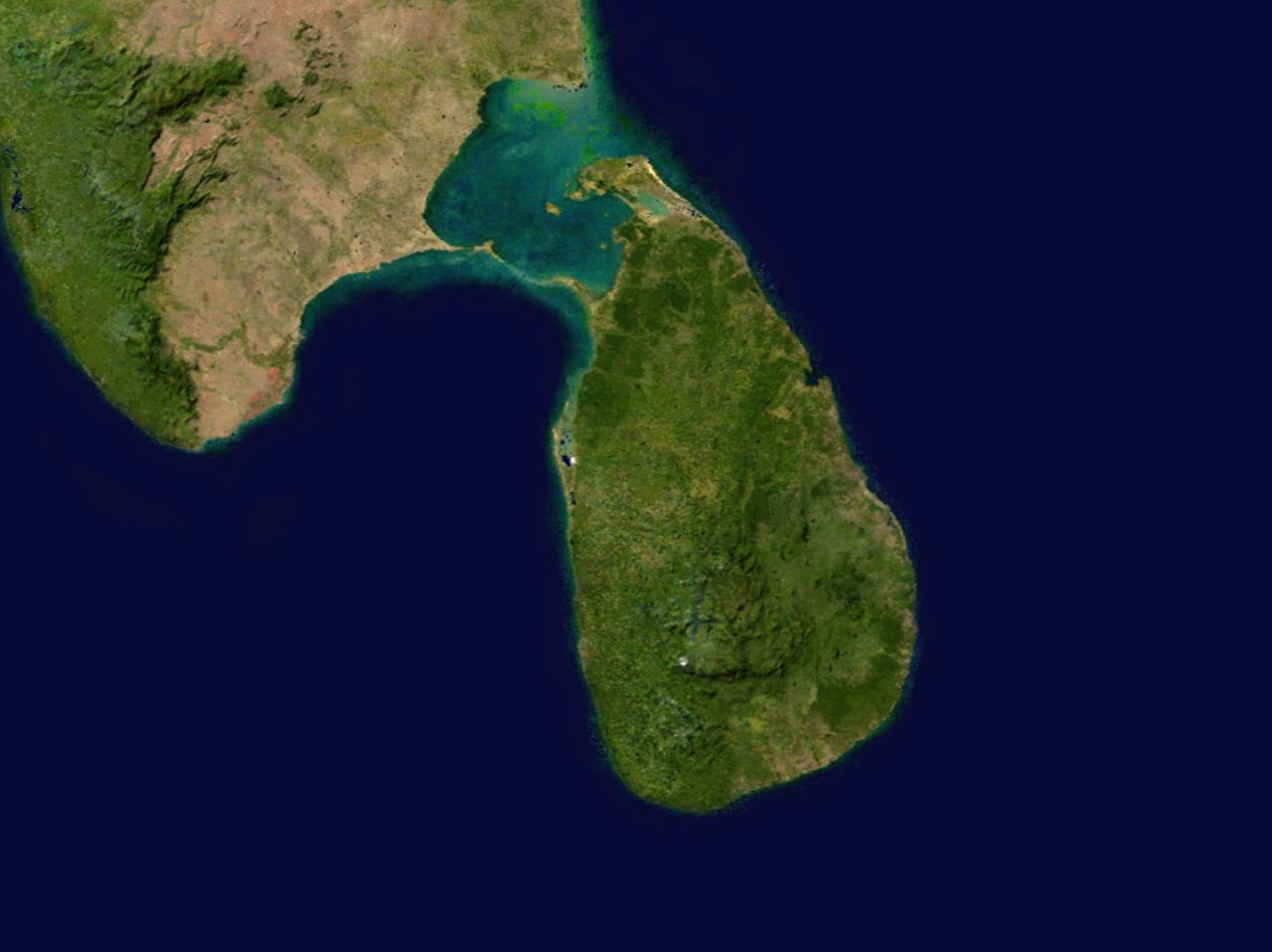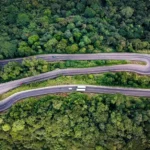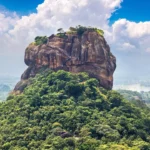Demography
Previously Known as Ceylon, Sri Lanka is a tiny island nation located in the Indian ocean. Coined as the pearl of the Indian ocean, the capital city of Sri Lanka is Sri Jayewardenepura Kotte and the largest city and financial capital is Colombo.
Sri Lanka has a population of 22 million comprised of diverse cultures, languages and ethnicities. The majority being the Sinhalese, though the Tamils, Muslims, Burgers and Malays are long established minorities in Sri Lanka. The languages spoken in the country are Sinhala and Tamil, additionally English is very commonly spoken. Buddhism is the predominant religion in Sri Lanka and Christianity, Islam and Hinduism are also practiced.
The documented history of Sri Lanka goes back over 3000 years and is painted with stories of Kingdoms, Wars and Reconciliations
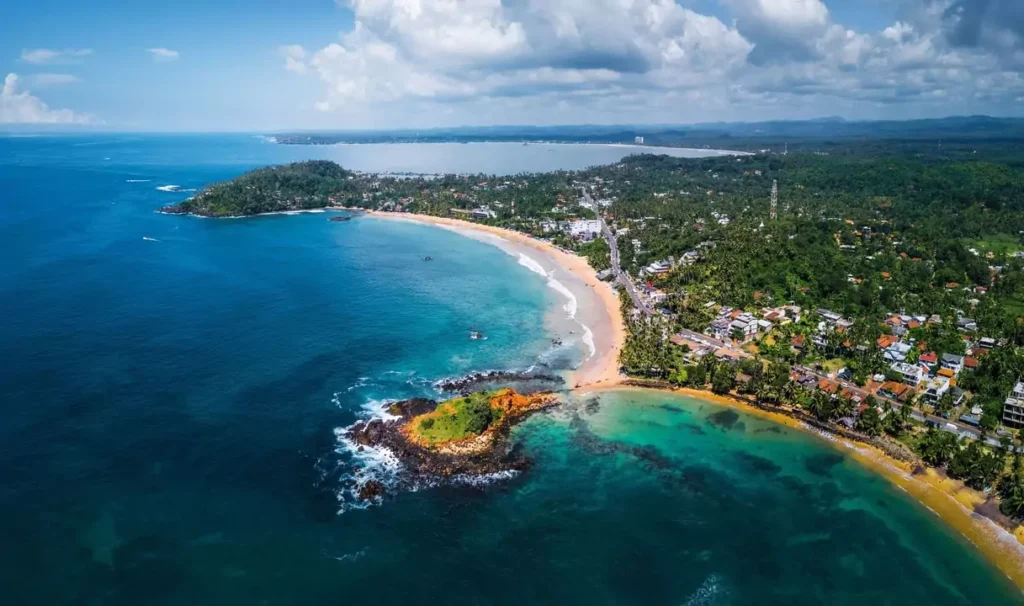
History
The documented history of Sri Lanka goes back over 3000 years and is painted with stories of Kingdoms, Wars and Reconciliations. Historians illustrate that there has been 189 Monarchs that ruled the 9 kingdoms of the Island. The last Kingdom, which was Kandy, ceased to exist by 1815. Sri Lanka’s geographic location and deep harbours have made it of great strategic importance, from the earliest days of the ancient Silk Road trade route. Sri Lanka’s location made it a major trading hub and it was already known to both Far Easterners and Europeans as long ago as 377 BC.
There have been three major invasions in early modern history of Sri Lanka. The Portuguese arrived on the Island in 1505 and the Portuguese empire controlled what was then called Ceilão between 1597 and 1658. In the 17th Century Sri Lanka was partly ruled by the Portuguese Empire and the Sri Lankan Kingdom, who were constantly at war with each other. In 1638 the Dutch East India Company came to an agreement with the King of Kandy to defeat the Portuguese. Dutch Ceylon was established as the coastal areas were captured from the Portuguese and taken under control of the Dutch. Dutch Ceylon existed from 1640 until 1796.
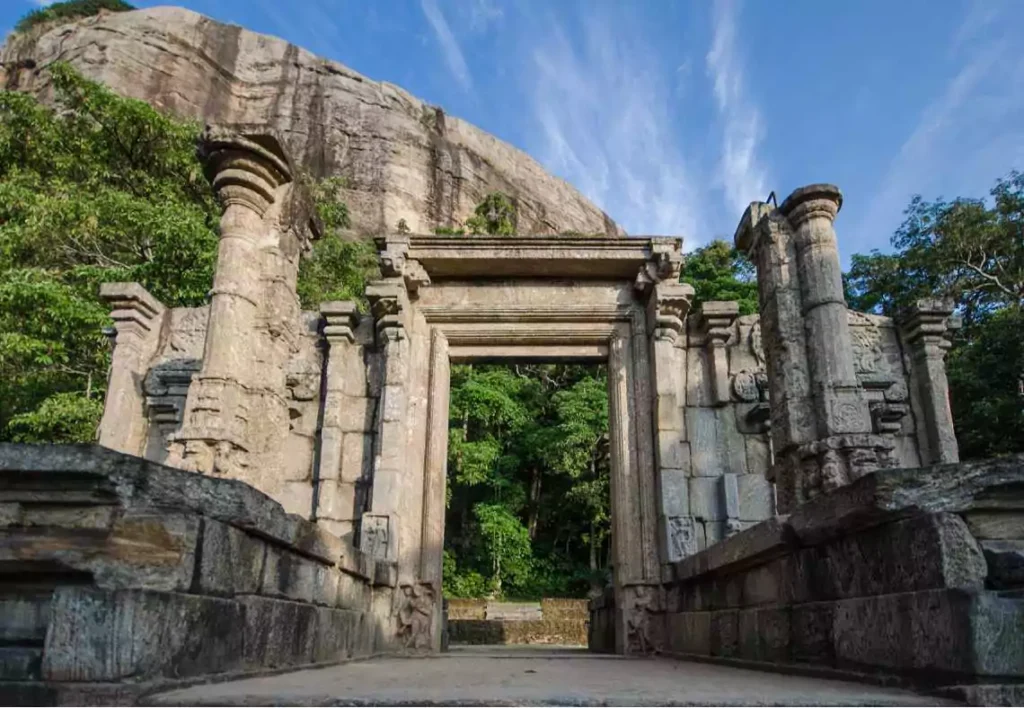
The Island was handed over to the British in 1796 due to the changing political climate and power struggles in the European region. In 1815, Kandy was occupied by the British army and British Ceylon was established, ending the 2300 years of Sinhalese monarchy rule of the Island. Britain ruled the Island from 1815 to 1948, when Sri Lanka finally regained independence as a democracy.
In1983, after 35 years of gaining independence, ethnic tensions were manifested between the Government and the LTTE; a separatist rebel group in the North of the Island. The killing of army officers by the LTTE triggered the riots in July 1983, and marked the beginning of a civil war that lasted 26 years and claimed over 100,000 lives.
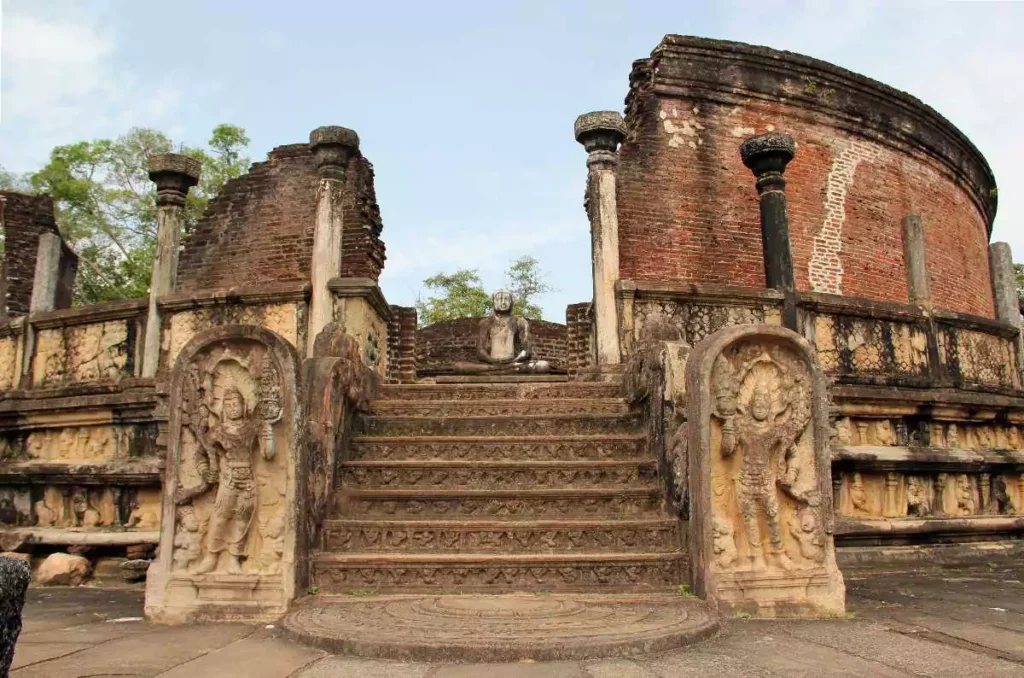
Many fragments of Sri Lankas ancient and modern history are still scattered around the Island and are preserved well enough to be witnessed to this day. The major historical events and the different influences of each era has shaped Sri Lanka to what it is today.
Flora and Fauna
Located just above the equator, Sri Lanka enjoys a warm tropical climate all year around, and consequently is among the most bio-diverse ecosystems in the world. A remarkably high proportion of the species among its flora and fauna, 27% flowering plants and 22% of the mammals, are endemic to the Island. Sri Lanka also boasts a large number of bird species that are known to breed within the Island. There are protected areas and national Parks that have been established to safeguard the unique natural environment of Sri Lanka. The best safari outside of Africa can be experienced in one of these many National Parks scattered across the Island. The most popular stars in the Islands’ animal kingdom are Leopards, Elephants and Blue Whales.
Culture and Food
Sri Lanka’s culture has been primarily influenced by Buddhism and Hinduism which are the respective religions of the 2 main cultures Sinhalese and Tamil. The early mixing of all the different ethnic groups that co-existed on the Island and the influence of colonialism have shaped a very unique culture. The rich cultural traditions shared by all Sri Lankan cultures is the basis of the country’s long-life expectancy, advanced health standards and high literacy rate.
The food has also evolved as a consequence of this mixing of cultures. Sri Lankan cuisine is known for its Rice and Curry, which is rice accompanied by a platter of different dishes cooked in unique Sri Lankan spices, and is traditionally served on a banana leaf or a lotus leaf. Another delicacy is the Lamprais, which is rice cooked in stock with meat and vegetables then baked in a banana leaf. The most popular street food among the locals is a dish named Koththu which is a mix of roti, vegetables and meat, all cooked in a wok with Sri Lankan spices.
Sri Lankans eat their food spicy and incorporate many fresh or dried chillies in the local cuisine. There are also many different sweet delicacies that are unique to Sri Lankan cuisine that one will encounter while travelling through Sri Lanka. Ceylon Tea is among the most popular products grown in Sri Lanka and is the largest export of Sri Lankan agriculture, alongside spices such as Ceylon Black Pepper and Ceylon Cinnamon which can only be found in Sri Lanka.
Activities and Sites
UNECO World Heritage sites in Sri Lanka
- Ancient city of Polonnaruwa
- Ancient city of Sigiriya
- Old Town of Galle and it’s Fortifications
- Rangiri Dambulla Cave Temples
- Sacred city of Anuradhapura
- Sacred city of Kandy
- Central highlands of Sri Lanka
- Sinharaja Rainforest Reserve
National Parks and Sanctuaries in Sri Lanka
- Yala National Park
- Udawalawe National Park
- Horton Plains National Park
- Sripada Peak Wilderness Sanctuary
- Victoria Randenigala Rantambe Sanctuary
- Gal-Oya Valley National Park
- Muduru-Oya National Park
- Wasgamuwa National Park
- Somawathiya National Park
- Wilpattu National Park
- Chundikulam National Park
Activities
- Hiking/Trekking
- Surfing/Kite Surfing
- White water rafting
- Ziplining
- Yoga and Meditation
- Whale and Dolphin spotting
- Elephant Orphanage and Rehabilitation centers
- Traditional Village Tour experiences
- Gem mining and Sandstone mining experiences
- Artisanal Handicraft manufacturing experiences
- Tea plucking and processing experiences

